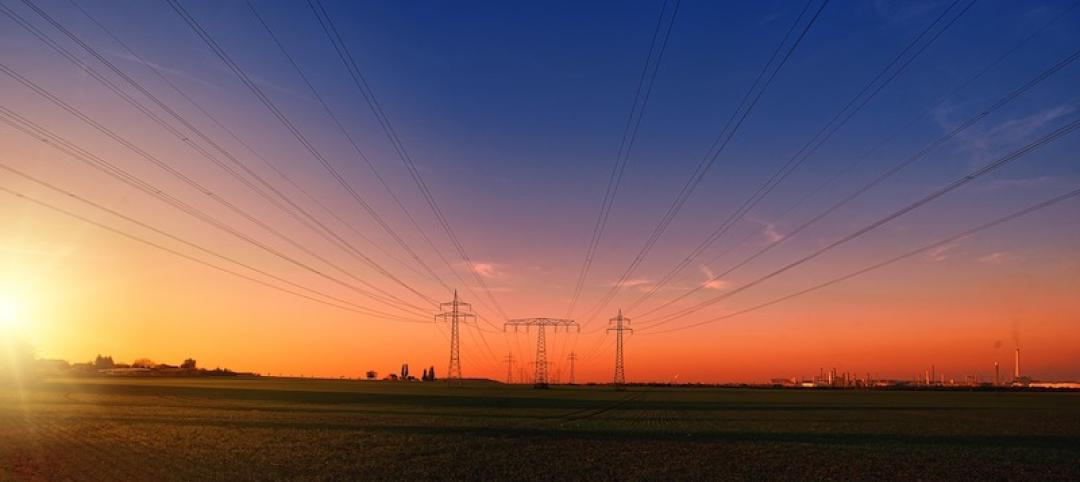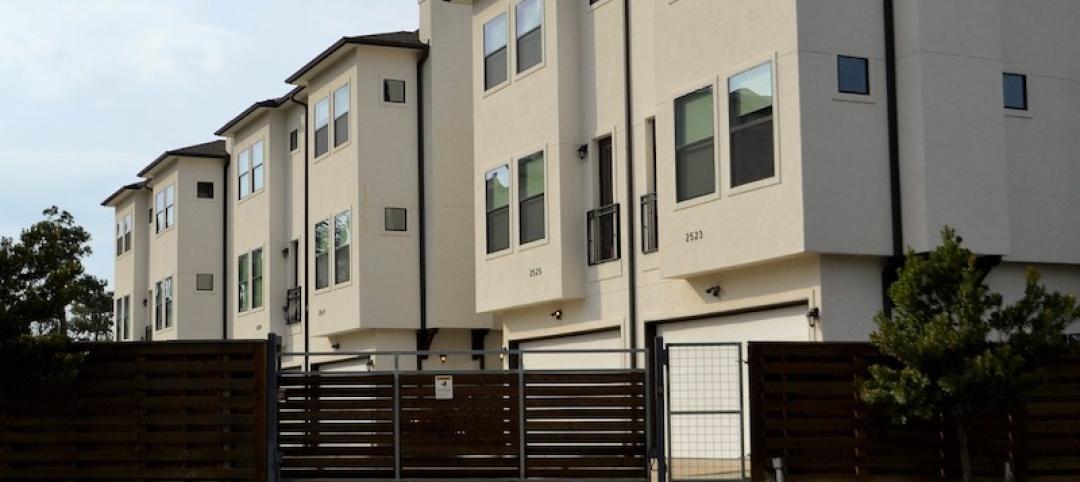Schools that provide optimal indoor environments see improved student performance and, if designed well, can also boost energy efficiency and reduce the carbon footprint.
According to a report by the World Green Building Council, providing ample daylighting and energy efficient LED lighting can reduce emissions while improving achievement. For example, the report found that students in the U.S. showed a 36% increase in oral reading fluency when exposed to high-intensity light, while those in standard lighting conditions increased by only 16%.
One in five U.S. schools has poor indoor environmental quality. This includes high temperatures and humidity, air quality with high concentrations of various pollutants, exposure to loud noise sources, and inadequate lighting. These factors negatively affect children’s health, behavior, and academic performance.
In a related study of the Barrington School District near Chicago, Ill., conducted by DLR Group, CO2 levels reached up to 2,500 parts per million in some cases, which is well beyond recommended levels (around 800 ppm) for internal environments. “Buildings in general, and schools in particular, need to be designed and built for the well-being of each of us, while addressing the challenges of resource efficiency and climate change,” concluded Pascal Eveillard, Deputy Vice President for Sustainable Development and Director for Sustainable Habitat at Saint-Gobain.
Related Stories
Codes and Standards | Nov 4, 2019
ASHRAE releases new version of energy efficiency standard for buildings
Standard 90.1 includes revisions of envelope, lighting, HVAC provisions.
Codes and Standards | Nov 1, 2019
Resiliency of a community’s housing stock can be measured according to new benchmark
Metric can help municipalities prepare for disasters.
Codes and Standards | Oct 31, 2019
FEMA, ICC release updated guide on integrating I-Codes into floodplain management regulations
Provides advice on satisfying requirements for the National Flood Insurance Program.
Codes and Standards | Oct 30, 2019
ILFI releases new version of Living Building Challenge Framework for Affordable Housing
Document includes updated findings, case studies, new strategies for financing, designing, building affordable housing.
Codes and Standards | Oct 28, 2019
U.S. military demands landlords address health hazards in troop housing
Air Force threatens formal dispute process.
Codes and Standards | Oct 24, 2019
ASHRAE design contest winners demonstrate building resilience
Model building, a city hall, could operate without utility service for two weeks.
Codes and Standards | Oct 22, 2019
Efficient material design, low-carbon concrete are critical to cutting GHG emissions in construction
Enhancing building utilization and reusing materials also aid carbon reduction.
Codes and Standards | Oct 21, 2019
Historic properties not exempt from Americans With Disabilities Act
Some exceptions do apply.
Codes and Standards | Oct 18, 2019
St. Louis could save $61 million per year in energy costs by improved building performance
GHG gases can be reduced by at least 11% with upgrades to public buildings and large private buildings.
Codes and Standards | Oct 17, 2019
Slow payments cost GCs and subs $64 billion annually
Study finds 51-day average payment turnaround.

















